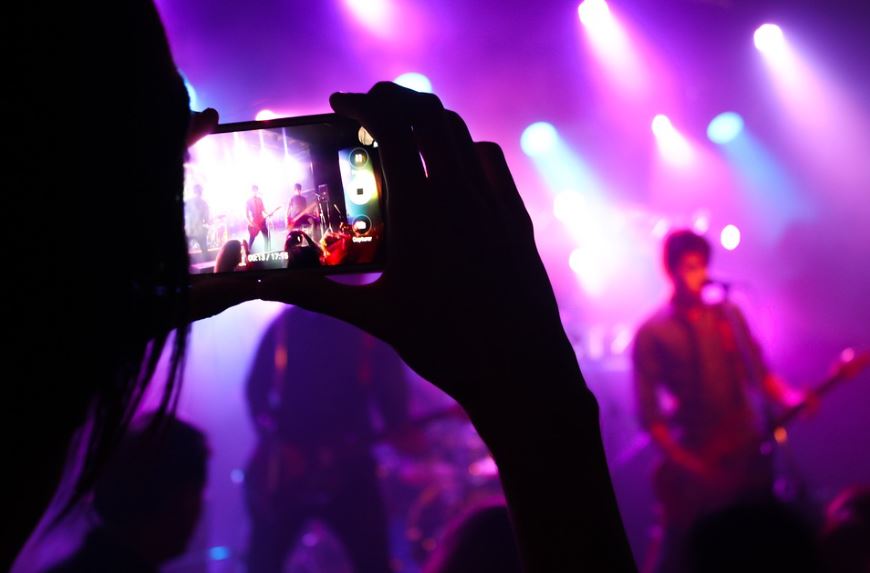It is no mystery that the entertainment and sports industries have been largely driven by the ever so increasing technologies. Digital media have truly changed the entire framework of the entertainment industry. 85% of Americans own a smartphone, while 78% of them use it for entertainment and multimedia purposes, thanks to the spectacular progress in Hi-Speed internet. While the US gambling market has seen a spectacular transformation (see this graphic) and the journey from classic fruity slot machines to the jazzy multi-line video slots is indeed inspiring.
Customers can choose exactly what they want to view
With the help of technology, customers can choose to pay for only what they want to view, which could be music videos, TV shows, Sports, or News. This definitely becomes more convenient than traditional cable services that provide a package of various channels that viewers might not be interested in. The concept of On Demand Television is a global trend that would shoot beyond US$157.90bn in 2022-2027.
More attention towards ‘video’ than ‘audio’
A lot has changed since the technological shift kicked in. Basic things and occurrences around us have been heavily changed and influenced by technology. Though most people talk about the brighter side of it, there are signs of some negative sides to it. Nowadays, audio has been relegated to the background, whereas video gets the most attention. Music directors, music composers, and music companies, all focus on lyrical music videos instead of albums. Instagram reels have become the center stage of music, where way more than the audio aspect of the song, what is visualized gets more priority.
The face of entertainment has shifted
The entire face of entertainment has shifted from traditional films and television to OTT and social media. With the growth of influencers and bloggers on YouTube, entertainment has created a whole new avenue, due to which viewers do not have to be dependent on television or films anymore. Their entertainment is literally a click away, nowadays. In this manner, YouTube definitely has brought change. It doesn’t offer content based on one single field, but it has multiple fields. Be it travel, food, fashion, gaming- you name it and YouTube has content in every field. For minor inconveniences in life, people depend on YouTube. Be it regarding certain recipes or basic plumbing. It is really amazing to see how spaces of traditional entertainment have been replaced by all these emerging avenues.
Viewing sports has become easy
Because of various OTT platforms, people can now watch matches ranging from EPL, UFC, and MMA, simply on their phones. From live sports to sports betting, the smartphone revolution along with 5G penetration is a paradigm shift. While 5G is 20x faster than 4G, the peak download speed of 20 Gb/s, ensures absolutely no lag. So, watching a video or sports on your smartphone or smart TV is as good as watching it on your cable broadcast.
Viewers can experience sports in HD quality
Due to developed technology, almost everyone can look at the scores prominently written at the bottom of the screen. Everyone can watch matches at HD quality provided both by television channels and OTT platforms. Globally, the OTT market segment is estimated to surpass a whooping US$275.30bn by the end of 2022 and US$476.60bn by the end of 2027 with an impressive growth rate (CAGR 2022-2027) of 11.60%. Clearly, OTT and Live Streaming are the new trends that seem to revolutionize the way the world prefers to be entertained.
No one really thought of this huge shift in the space of entertainment, but currently, entertainment has completely modified itself. It comes in a very convenient shape, easily accessible to everyone.
But you’ll be more amazed to learn that before the modern Internet browsing that we have today, people back in the ‘80s utilized Teletext and Videotex where they access data at home through their televisions. Learn more about these by reading our article, How Did Teletext and Videotex Services Pave the Way for Modern Internet Browsing?

